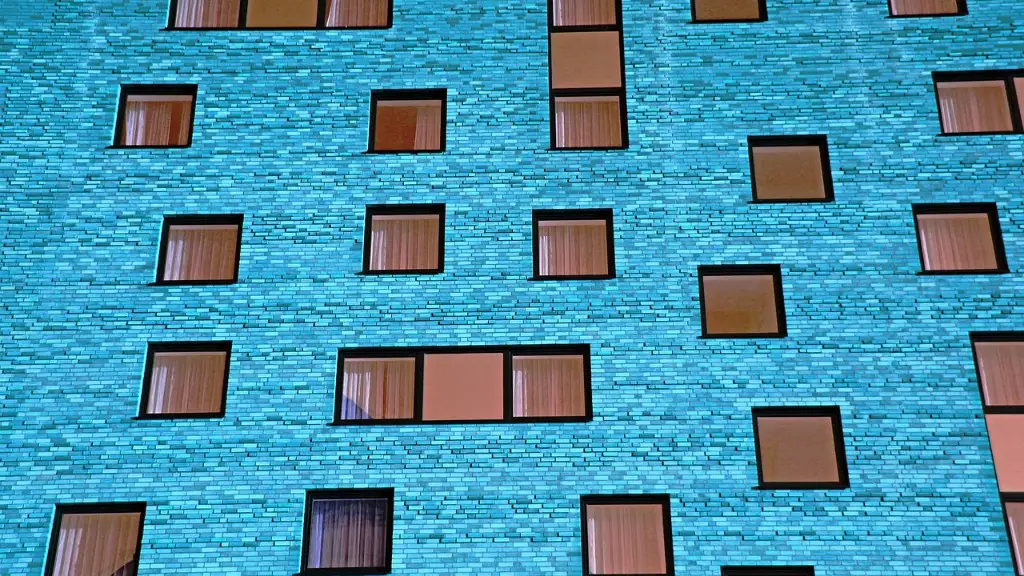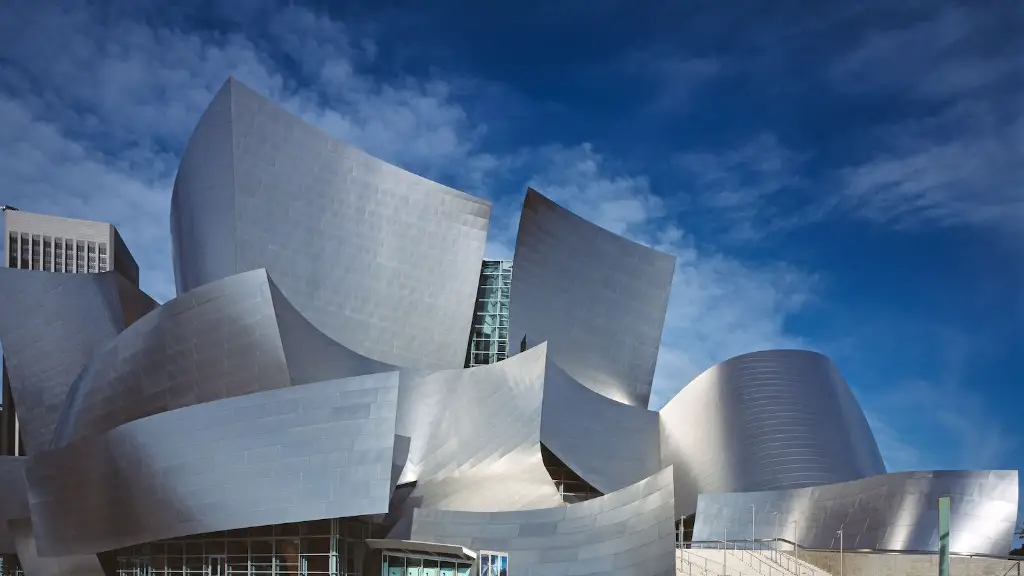What Is Green And Green Architecture?
Green architecture is an approach to design, construction and renovation that conserves natural resources and creates healthier, more efficient living and working spaces for people. It uses materials, energy and resources with respect for the environment and is mindful of the safety of inhabitants and the environment. Additionally, green architecture uses intrinsic design principles and advanced green technologies to reduce energy consumption and the potential for water-related health hazards due to moisture intrusion and inadequate ventilation. All of these approaches and principles are for the purpose of creating a healthier and more environmentally friendly home or office.
Key Principles
Green architecture is composed of several key principles. The first is energy-efficiency. This can be achieved through the use of renewable energy sources such as solar energy, wind, geothermal energy and hydroelectricity. Additionally, energy-efficient appliances and a well-insulated, air tight envelope to reduce energy usage and costs.
The second principle is water-conservation. This is accomplished by utilizing greywater systems, rainwater collection and recycling, drought-tolerant landscaping, and reducing the use of water in all aspects of the structure and design.
The third principle is using sustainable building materials. This includes the use of products made from recycled materials, rapidly renewable materials such as bamboo and wool, as well as materials that experience minimal emissions of volatile organic compounds from production or during use.
The final key principle is to ensure the building is designed in such a way as to allow for natural daylight and passive solar heating, as well as for passive cooling. Additionally, the building should have good insulation to reduce the energy loss.
Health Benefits
Green architecture has many health benefits. These include improved air quality by using low-VOC (volatile organic compound) materials. Additionally, green architecture can also reduce exposure to radiation, noise pollution and mildew, which can lead to health complications such as asthma, allergies and other respiratory issues.
Moreover, green architecture designs often promote physical activity by creating bike lanes, walkways and other areas dedicated to physical activities. This in turn encourages healthier lifestyles and improves the public health and well-being.
Lastly, green architecture incorporates design features that promote mental health, such as natural daylighting and creating pleasant outdoor spaces, as well as strategically placed planters for air filtration.
Environmental Benefits
Green architecture is also beneficial to the environment. It reduces emissions of greenhouse gases, as well as carbon dioxide, which contributes to global warming and to climate change. Additionally, green architecture reduces energy consumption and water waste, resulting in a reduction in water pollution and energy costs.
Furthermore, green architecture promotes locally grown materials, reduces the amount of waste sent to landfills and encourages sustainable management of resources such as water and electricity.
Social Benefits
Green architecture also provides social benefits. These include enhanced community living, improved social connectivity and improved economic outcomes. This is achieved by creating a built environment where people can interact, come together and share resources. Additionally, green architecture creates social cohesion, as people become more connected with their natural environment and its resources.
Economic Benefits
The economic benefits of green architecture include increased efficiency and reduced costs. This is achieved by reducing operating costs such as energy and water, as well as through the use of recycled and renewable materials.
Green architecture also provides increased marketability of the development. This stems from the improved performance of green buildings, as well as the fact that green buildings are seen as a status symbol and highly desirable. This then results in increased rental yields and higher property values.
Financing Challenges
Despite the numerous benefits of green architecture, there are still some challenges related to financing. This is because there is a lack of knowledge and resources to effectively finance green projects, as well as a lack of access to capital.
In addition, there is often a lack of understanding of the long-term financial benefits of green buildings, making it difficult to convince investors and lenders to finance such projects. As such, many green buildings are often underfinanced due to a lack of knowledge and resources.
Industry Education
To overcome these challenges, there needs to be greater industry-wide education and awareness of the potential benefits of green buildings. This will help to make the case for long-term financial benefits and help to convince investors and lenders to finance green projects.
Furthermore, there needs to be more access to capital for green projects, as well as increased access to resources and knowledge. This will enable developers and designers to create green ambitious projects, which will then result in increased development of green buildings.
Organizational Incentives
In addition to education and access to resources and capital, it is important for organizations to provide incentives for green building. This includes providing rewards for the design and construction of green buildings, introducing regulatory incentives, as well as providing tax credit and discounts on energy and water bills.
These incentives can increase the economic viability of green projects, and make them more attractive to both developers and investors. Additionally, they can also help to promote and increase the adoption of green buildings.
Behavior Change
The adoption of green architecture will also require a change in behavior. This includes reducing energy and water consumption and implementing green practices.
This is because energy and water are the biggest consumption factors of buildings, and implementing strategies to reduce consumption will not only reduce costs, but also help to reduce carbon emissions. Additionally, educating people on green practices and how to conserve natural resources will help to promote the adoption of green architecture and create a more sustainable future.


